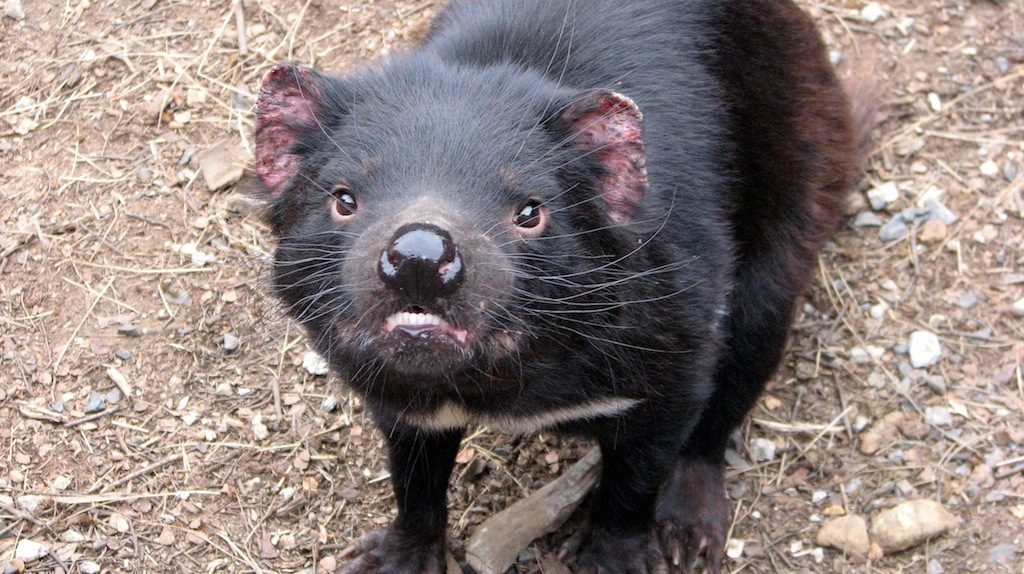The capture and handling of all wildlife must be performed as quickly and efficiently as possible, to avoid potential injury or captive myopathy #. All animals should be securely confined when transporting – taping cardboard boxes down, tying the end of pillowcases as well as fastening boxes within the car and leaving windows open for extra ventilation. It is not recommended carrying animals in the boot of a car – as they can be affected by the toxic fumes emitted from the cars exhaust.
What To Do
- Assess the situation – make very sure there is no danger to yourself before you attempt to save anything.
- Proceed with caution – wild animals do not know you wish to help. Many have very sharp teeth and claws. Be careful.
- Larger animals – like wombats, koalas and kangaroos should not be handled by the inexperienced. Go and get authorised help.
- Smaller animals – like birds, possums and bettongs should have a cover (like a towel) first put over them.
- Then place the animal into a pillow case or hession sack – NEVER A PLASTIC BAG! The darkness helps to reduce the animals stress levels.
- Do not attempt to feed or give water to the animal. It is most likely suffering from shock, the less it is handled the better.
- Seek Veterinary care – do not attempt to treat the injuries yourself as many human-made products are toxic to wildlife.
#Capture myopathy is a disease associated with the capture or handling of mammals and birds. Its main effects are on skeletal muscle and cardiac muscle – where the breakdown product of the damaged muscle causes kidney damage, and the production of coffee-coloured urine.

